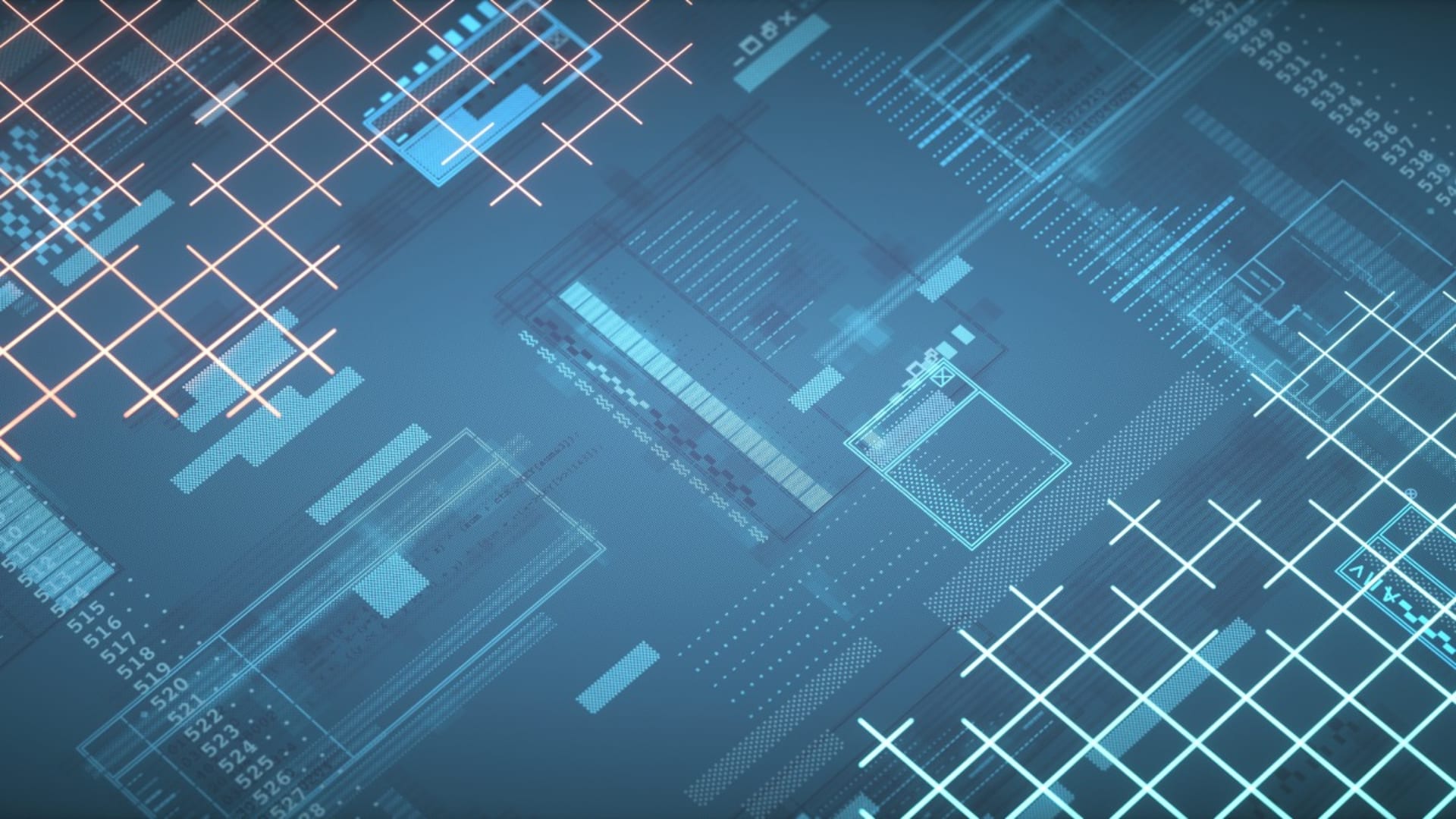Today, the software industry advances at breakneck speed, launching new products and new application versions day in and day out. The idea of that constant software evolution is to provide the best experience possible, which translates into new features, stronger security levels, higher performance, and increased efficiency.
Yet, even with all those advantages, there are companies that neglect the software updating process. They prefer to stick to old software (also known as legacy software) and they provide many reasons for that, from avoiding additional costs that could come with newer software to plain force of habit. However, using old software is a dangerous game, as companies using them expose themselves to countless issues.
Is your company clinging to legacy software? Here are 8 reasons why you shouldn’t.
1 Costly Maintenance
While some companies still use legacy software to avoid paying for newer applications, doing that can end up costing them way more. That’s because older software is usually written with older languages, frameworks, tools, and code practices. That means that keeping things running (and fixing anything that breaks) requires software engineers with knowledge of all those old technologies, which may be in short supply. Thus, different companies fight for the same talent, which makes those professionals expensive, a cost that directly impacts your maintenance expenditures.
2 Poor Security
Software developers often discontinue their applications or stop providing support to old versions to focus on other projects or on newer iterations of the software. When they do that, the software users stop receiving updates, which include security patches that fix security issues. Thus, anyone using old versions exposes themselves to attacks and breaches that can be easily prevented with newer software.
3 Inferior Team Performance
Security isn’t the only thing that suffers when you don’t update your software – team performance can be affected, too. That’s because old applications were designed with specific environments in mind. When those change, legacy software starts to behave erratically, crashing frequently and using up more resources. This hinders the normal work of the team that sees how the software starts getting in the way of their jobs. All that leads to frustration and decreased productivity.
4 Inexistent Documentation
Software development practices have changed over the years, which means that new applications are built very differently than legacy software. In fact, legacy software often has complex architecture and a different approach to coding. This makes it hard for developers to add new features or replace existing ones, so they end up having to review the documentation. The thing is – documentation of legacy software is frequently nonexistent or is written differently from today’s standards. That complicates things even further because engineers are left on their own to figure out how to make the necessary changes in the code.
5 Lack of Compatibility
Modern business environments are highly interconnected, with digital tools integrated with one another to seamlessly collaborate on the task at hand. That’s why modern developers work on their software to make them more easily integrable into a wider digital ecosystem. Unfortunately, that’s not the case with legacy systems, which usually need specific modules and APIs to integrate with other tools. And that’s without mentioning the fact that legacy systems aren’t compatible with mobile devices or today’s web standards, making it almost impossible to use them on smartphones or on the cloud.
6 Lack of Compliance with Regulations and Standards
Since legacy systems are a product of another time, it’s only natural for them to lack compliance with newer regulations and standards. That means that users of legacy software might be at fault since they aren’t meeting those standards, which can end up resulting in costly fines and damage to the company’s reputation. This is especially true for companies with big data strategies, as handling private data comes with a host of regulations that businesses need to comply with.
7 Poor User Experience
We’re living in the age of user experience, which means that users expect pleasant experiences when using a piece of software. That’s something that’s notoriously lacking in legacy software, which is often blocky, buggy, and counterintuitive. Poor UX doesn’t just lead to frustration on behalf of the users but also pushes them to consider other alternatives. Also, if they are forced to use an application with poor UX, the frustration can seriously impact productivity.
8 Missed Out Trends
Ultimately, using legacy software leads to a crucial thing: you won’t be able to enjoy some of the latest tech trends. That means you’ll miss out on using artificial intelligence, blockchain, 5G, the Internet of Things, and others. And while you might think that you’re fine without them, some of those technologies can give your company a serious advantage (especially AI). Besides, your competitors might decide to use those technologies, which means you’ll lag behind.
Update your Legacy Software with the Top 1% of Tech Talent
Legacy software is always a risk for your company: it can impact your productivity, expose yourself to attack, fail to integrate with other tools, and be costly to maintain. What these 8 reasons show is that the disadvantages of keeping legacy software in your company are greater than the benefits.
That’s why you should consider updating it with BairesDev. We are a technology solutions development company with vast experience in upgrading legacy systems. We can refactor the entire platform or just update the modules you need to keep your systems running at maximum capacity. We can do so because we work with the Top 1% of tech talent, the very best engineers in the Americas, which guarantees you’ll have the best results.
Want to know how we can take your old system from clunky to high performing? Contact us today.










